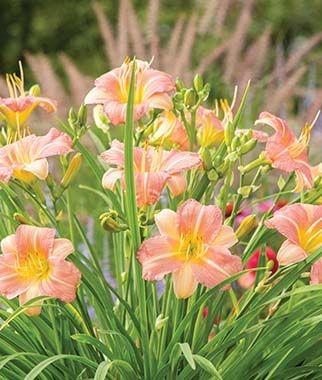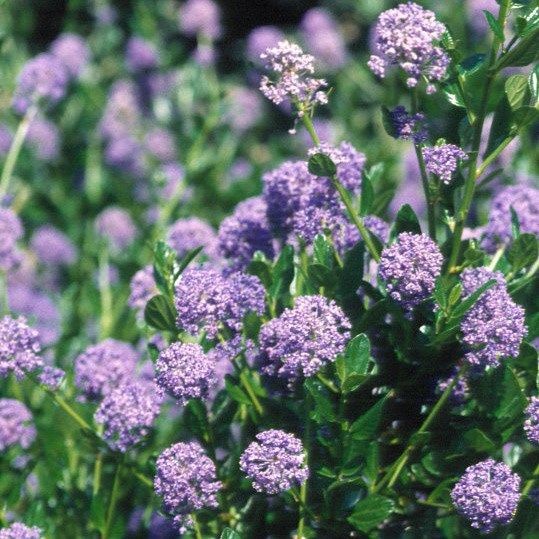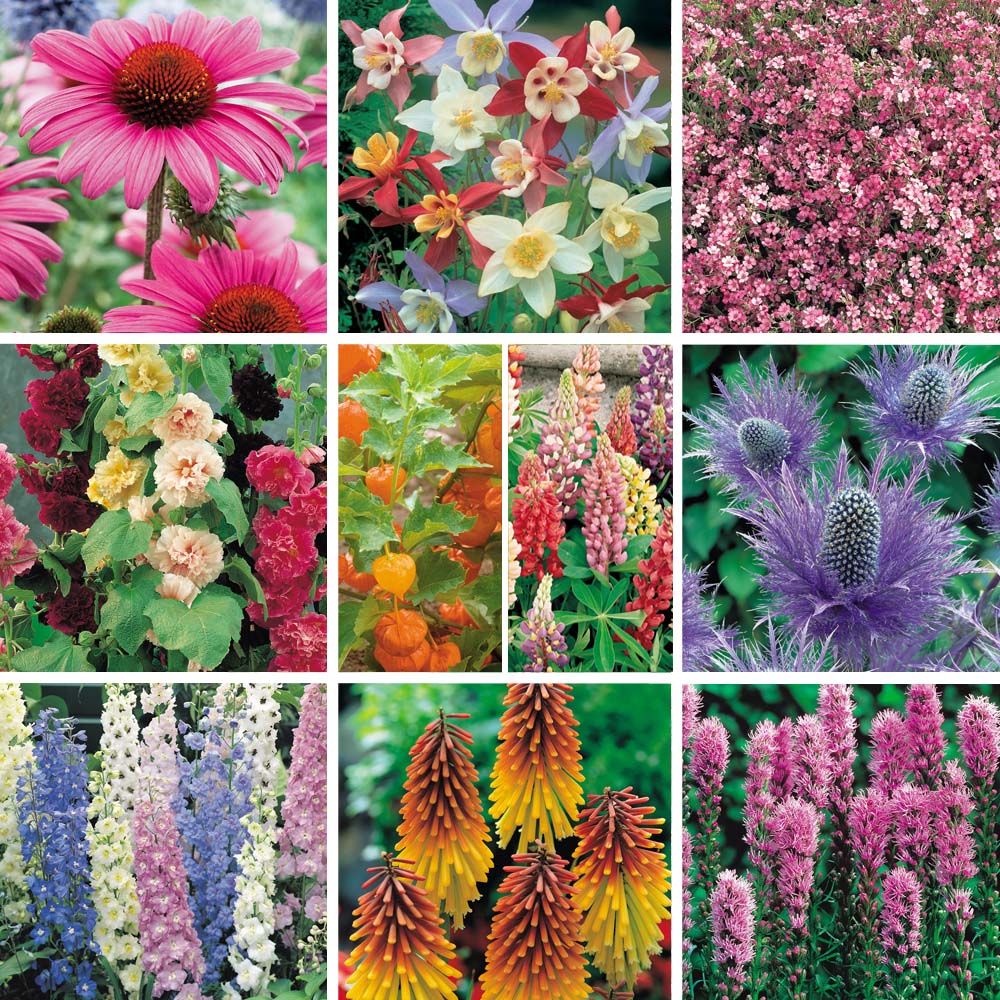Using Plants to Prevent Pests
This time of year, many of us enjoy spending time outside in our yards. Whether we are playing, dining, doing yardwork or simply relaxing, our time outdoors can be ruined by nasty pests. There are many remedies for getting rid of annoying insects, but if you are looking for natural ways to do the job, here are several plants you can put in your yard that will repel unwanted insects. While they will not guarantee an insect free environment, they will help!
BASIL

Basil repels house flies and mosquitoes. Use containers for planting basil by your house doors or in any outdoor areas where you like to relax and entertain. It will serve more than one purpose because you can also use the fresh basil in your cooking!
LAVENDER
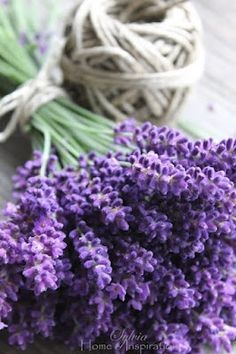
This pretty plant repels moths, fleas, mosquitoes and flies. Its pleasing, sweet fragrance appeals to humans, but the bugs hate it! You can place bouquets inside your home to keep flies away. Outdoors, plant it in sunny areas or near the entryways of your house to keep those areas pest free. Check out the Everything Lavender website to find out how you can use lavender oil to make your own mosquito repellent.
LEMONGRASS

Lemongrass contains the natural oil, citronella, which is commonly found in candles that are used to keep mosquitoes away. Ornamental lemongrass can grow up to 4 feet tall and 3 feet wide in one season. It is an annual that does well in a pot or in the ground in sunny, well-drained locations. Its aromatic, narrow leaves can be used in chicken and pork dishes and to flavor soups and salad dressings. Many Asian recipes call for lemongrass.
MINT

Another plant that mosquitoes don’t like. It’s best grown in pots rather than in the ground because it spreads aggressively. Once established in a garden, it can be difficult to remove. The leaves can be used to flavor minty iced tea. Containers of mint strategically placed in the garden or on the patio will assist in keeping nearby plants insect free. Fresh Mint Iced Tea
ALLIUMS
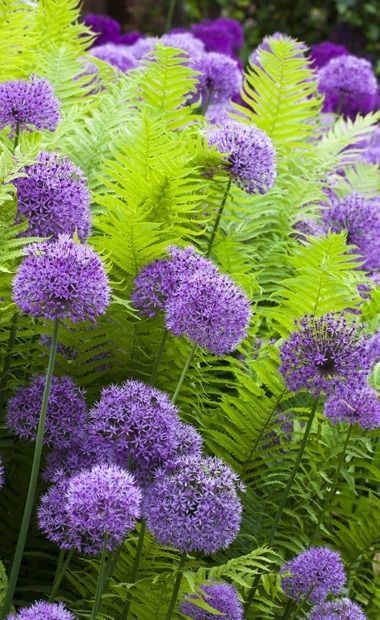
If you have a vegetable garden, beautiful, tall alliums will help keep insects out of it. Considered a broad-spectrum natural insecticide, plants in the Allium family repel several insects that plague vegetable gardens, including slugs, aphids, carrot flies and cabbage worms.
CHRYSANTHEMUMS
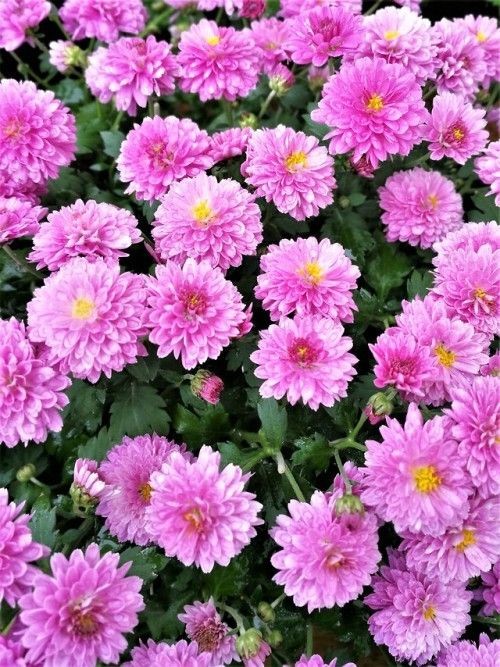
The ingredient in chrysanthemums that makes them so effective as an insect repellent is pyrethrum. Roaches, ants, Japanese beetles, ticks, silverfish, lice, fleas, bedbugs, spider mites, harlequin bugs and root-knot nematodes all will avoid chrysanthemums. Pyrethrum is used in America’s most commonly available home and garden insecticide sprays. You can make your own bug spray using chrysanthemum oil, but make sure you know the risks of using it first. Uses of Chrysanthemum Oil
PETUNIAS
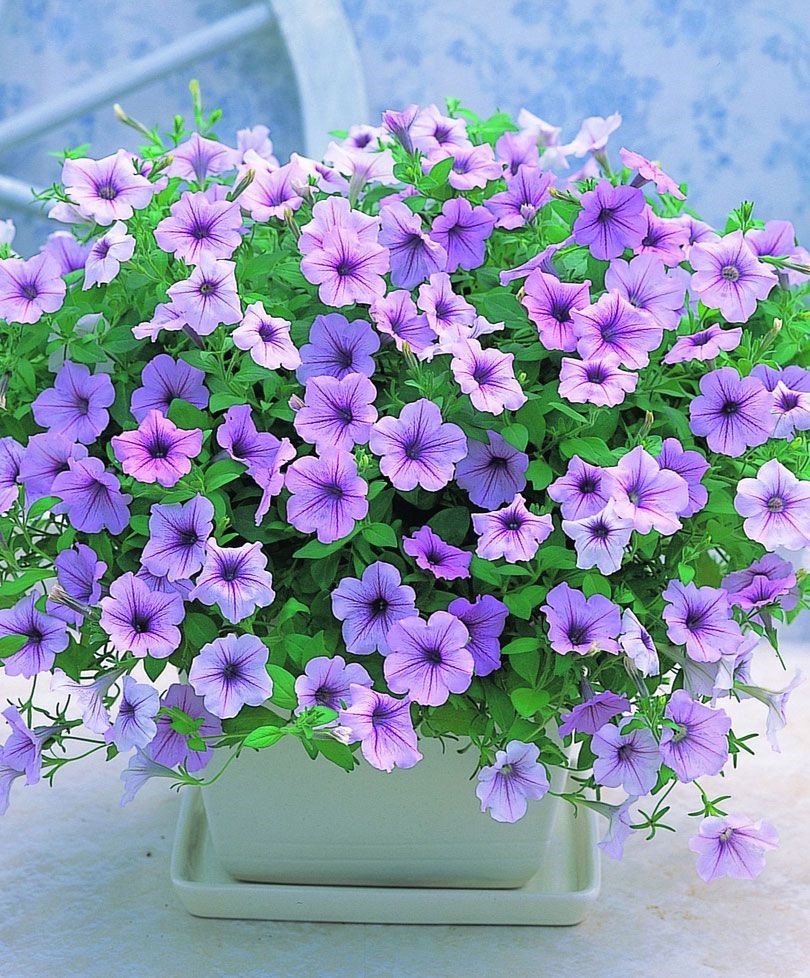
These whimsical beauties repel aphids, tomato hornworms, asparagus beetles, leafhoppers and squash bugs. Some people think of them as “nature’s pesticide”. Popular because of their availability in a variety of bright colors, they require minimal maintenance and can be grown in numerous locations including beds, containers and hanging baskets.
If you are in the market to buy or sell a home, let Sandra Nickel and her Hat Team of Professionals assist you with all your real estate needs! Call them today at 334-834-1500!
Photo credits: Pinterest



